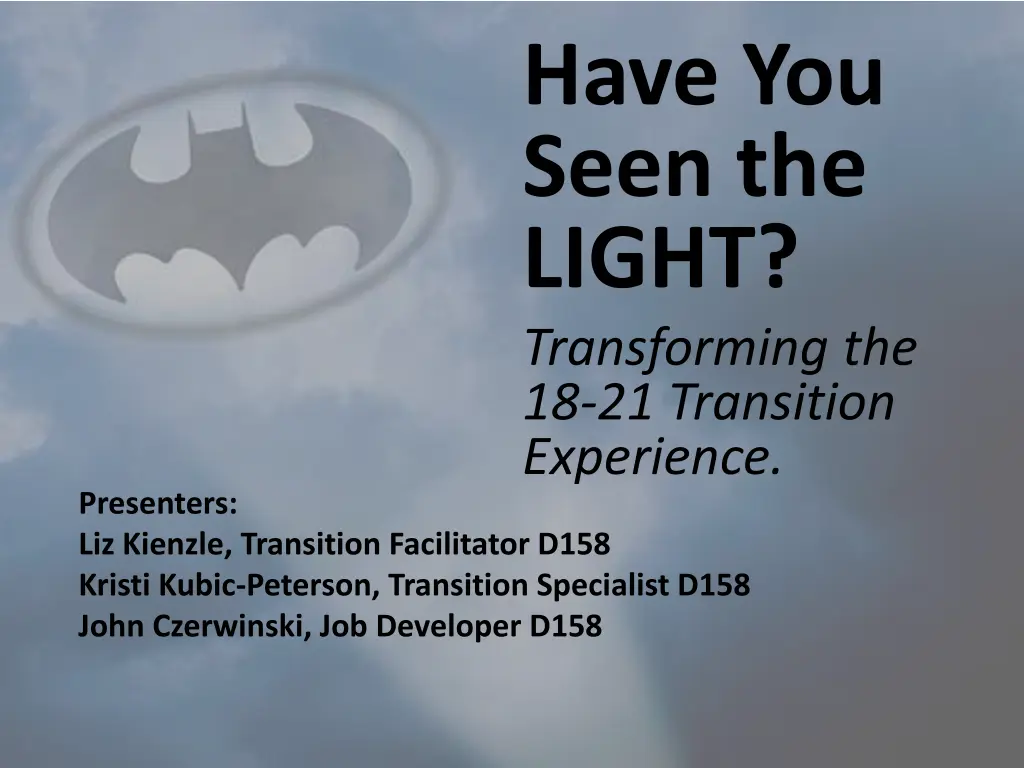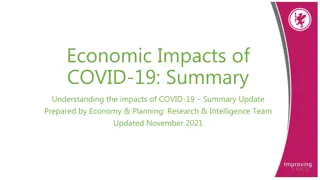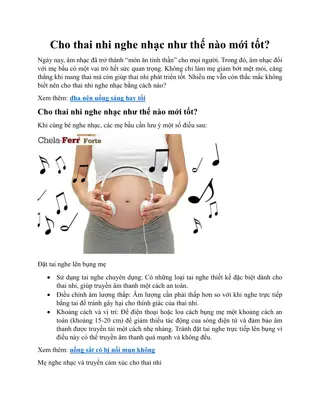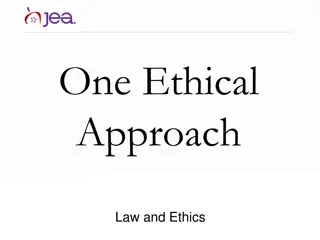
Transforming the 18-21 Transition Experience with LIGHT Program
Explore how the LIGHT program by District 158 revolutionizes transition services for students aged 18-21, focusing on employment, education, and independent living goals. Discover the purpose, fundamentals, and structure of this unique program designed to support students in their post-school activities and maximize their success.
Download Presentation

Please find below an Image/Link to download the presentation.
The content on the website is provided AS IS for your information and personal use only. It may not be sold, licensed, or shared on other websites without obtaining consent from the author. If you encounter any issues during the download, it is possible that the publisher has removed the file from their server.
You are allowed to download the files provided on this website for personal or commercial use, subject to the condition that they are used lawfully. All files are the property of their respective owners.
The content on the website is provided AS IS for your information and personal use only. It may not be sold, licensed, or shared on other websites without obtaining consent from the author.
E N D
Presentation Transcript
Have You Seen the LIGHT? Transforming the 18-21 Transition Experience. Presenters: Liz Kienzle, Transition Facilitator D158 Kristi Kubic-Peterson, Transition Specialist D158 John Czerwinski, Job Developer D158
Fundamentals of Transition Under the Individuals with Disabilities Education Act, students with disabilities may receive public education services until their 22nd birthday. Transition planning begins at age 14 and continues until the student graduates or reaches age 22 and includes appropriate, measurable, postsecondary goals based upon age-appropriate assessments related to: 1. Employment 2. Education and/or training 3. Independent living
Transition Services Based on the individual student need, taking into account individual preferences and interests. Are a coordinated set of activities designed within an outcome-oriented process, which promotes movement from school to such post-school activities include the following: Employment Education and/or vocational training Independent living, including adult services and community participation Transition services include instruction, community experiences, development of employment and other post school adult living objectives.
Purpose of Presentation How did District 158 created it s own 18-21 transition program, Life Instruction Guiding Huntley Transition (LIGHT). How the program broke away from a Special Education Cooperative for transition programming to creating it s own program. Educational and Vocational evolvement of transition programming, based on the creation of LIGHT.
Introduction into LIGHT Students that have completed their graduation requirements, but delayed acceptance of their diploma. A tiered program that provides an opportunity for students to work toward their desired postsecondary goals, while providing necessary training for future employment. Students are placed in quality learning experiences in a non-traditional high school setting.
LIGHT continued Based on student ability and level, students may progress through the tiers and/or may participate more than one tier at a time. Students can move fluidly between tiers. Training opportunities will be assessed and evaluated to allow for maximum student independence and success. Students and their families will continue to familiarize themselves with McHenry County services and supports.
Multi-Level Program Tier 1 Life Based Learning Tier 2 College Bound: Foundational Learning Tier 3 College Bound: Directed Learning
Tier 1: Life Skills Learning Students continue to learn functional academics. Students use a hands-on vocational curriculum to learn skills necessary for the work-force and independent life through classroom, internships, and community based instruction. Students will continue to build functional life skills needed for independence or interdependence in adulthood.
Tier 2: College Bound Functional Learning Students continue to build foundational reading, writing, and math skills. Students develop a better understanding of the job world and the careers that interest them and if not competitively employed, can participate in internships to gain vocational experience in a possible career choice. Independent living skills are integrated into the curriculum to incorporate real life situations into a structured learning environment.
Tier 3: College Bound Directed Learning The instructional focus will be on strengthening the academic skills for students interested in pursuing a program at McHenry County College. Students not competitively employed will participate in internships to gain vocational experience. Students learn to be their own advocate and take steps to enter their chosen career. Independent living skills will be incorporated into the vocational and academic curriculum.
Education Rates 70% 60% 50% 40% LIGHT Students 30% Adults with Disabilities Adults without Disabilities 20% 10% 0% Community College (current or future) 4 year Univeristy U.S. Department of Education, National Center for Education Statistics. (2012). Digest of Education Statistics, 2011 (2012-001),Chapter 3 .
Why create your own 18-21 transition program? Increased opportunities for paid employment. Instruction in adult environments (i.e. college, community, etc.). Establishes potential for life long learning and teaches students HOW to access information/resources. Provides a gradual transition to adult services Increased connection and awareness between student, family and the community. STEP Grant
See the Competition HIGH SCHOOLS New Trier (D12) Palatine (D211) Hersey (D214) Bridge Center Work Center Sigwalt House Woodstock North (D200) Warren Township (D121) District 300 St. Charles (D303) U-46 COMMUNITY COLLEGES McHenry County College (MCC) College of Dupage (COD) College of Lake County(CLC) Elgin Community College (ECC) Harper College Waubonsee Community College Elmhurst College SPECIAL EDUCATION DISTRICTS Special Education District of McHenry County (SEDOM) Special Education District of Lake County (SEDOL) Northern Suburban Special Education District (NSSED)
Research Gather data and documentation Student need Current students Upcoming students Tuition in students Cost analysis (Outsourcing vs District Program) Related services Transportation Certified/Non-Certified Staff
Program Development Identify student need and targeted population. How will the new services be different from what students are currently receiving? How will your program be different from those currently in place? What setting is best equipped to meet student need? What contacts and resources are already in place that can be used to serve students?
Develop Program Goals Lifelong learning by teaching student HOW to access information and Resources Adult service agencies Assistive technology Post-secondary education Obtain paid employment Access to adult services Increase independence or interdependence Improve social/communication skills Improve self-determination skills Increase community involvement
Eligibility Criteria Determine/define student population Completed high school graduation requirements. Ages range from 18-21 years old. The IEP Team will recommend a student based on data, a file review, transition goals and the transition plan. Transition plans are broken into three categories: 1. Employment 2. Education and/or Training 3. Independent Living
Planning Create a Parent Advisory Committee Conduct a needs assessment Identify community collaborations. Determine desired outcomes Determine locations and funding sources. Identify staff needs and funding issues. Address school system logistics. RCDTS Code Registration Process and Procedures State reporting
Program location Where do you want you program to be located? Visit sites and create contacts and build relationships. Ideally are located outside of the high school setting, either at post-secondary institutions and/or in other community settings. Huntley Park District McHenry County College Huntley High School Community
Creating Partnerships Identify Community Relationships to create Partnerships Local Businesses Adult Services Community College Explain/show the need to be involved with the program Determine if formal agreements exist or need to be created Communicate and follow up
Tackling Obstacles Poorly defined program goals Lack of student involvement/buy in Create external motivation when there is not internal motivation Little connection to real life outcomes and employment Lack of program evaluation
Evaluate Indicator 14: Program evaluation Determine if goals have been met, or need to be revised or expanded Conduct Surveys Document satisfaction of involved parties (including program staff) Determine funding and staffing requests Document outcomes (i.e. employed, post-secondary education and linked with adult services)
Publicity Daily Herald (Sunday, Front Page) http://www.dailyherald.com/article/20130811/news/7081199 19/ ABC News http://abclocal.go.com/wls/story?id=9202515 Huntley Patch http://huntley.patch.com/groups/schools/p/d158-launches- program-for-graduating-students-with-disabilities Northwest Herald http://www.nwherald.com/2013/08/21/d-158-program- helps-special-needs-students/aclj5aa/
Factors that affect program Flux of student need: Referral criteria Move ins Tuition in Marketing of services Student school/work schedule Location of instruction Evaluation data
Words of Wisdom Collect data and then ADVOCATE!!!!! Expect the program to grow and change every year. Be patient, planning takes a great deal of time Create partnerships early in the process to get buy-in. Create a transition program that helps ease students into adult life. School schedule that mimics college schedule or adult day programming. Allow for breaks in schedule to accommodate employment. Paperwork completed for adult services and benefits (i.e. SSI, Medicaid, PUNS, DRS, etc.) Transition into adult service day program. Funding Educational Foundation Grant Secondary to Transition Program Grant (STEP) through DRS
Vocational Opportunities Paid Employment Students work in the community, with job coach assistance if needed. Internships At the Huntley Park District, students learn and practice basic employability skills in a real-world setting, with job coach assistance. Training Sites In process of working with businesses in the community to develop paid employment opportunities for students, with job coach assistance.
Internship Opportunities Internships are designed to allow students to learn and practice basic employability skills in real-world settings. On-site job coaches supervise and assist students in developing employable skills. The goal is for students to leave the internship with a paid position in the community. Internships will be created at Huntley Park District and other locations within the community.
LIGHT Employment August 2013 26% Paid Employment Supportive Workshop 0% Internship 56% 18% N/A
Job Development Push your comfort zone! Script (Give just a taste) Have a plan Try new things Use your parents! Accept NO, it happens a lot Be okay with cold feet
Job Development (Cont.) How to tier development: This is student specific: Tier 3: Least restrictive- application and post phone call. Tier 2: More restrictive- application assistance and aiding in job attainment. Tier 1: Most restrictive- hand over hand/dictation of application, relationship based job placement.
Balance? Time? Development, transportation, DRS Input, hour logs, tracking student data, job coaching, IEP s, and STEP intakes .HOW? Find your balance Trust your team and know your students Always be ON ! Family contact Honesty
Continued Growth Controlled and Sustainable Is this too much for any party involved? Expanding Sites Relationships New Sites Use old relationships to help with new one s Smooth on boarding Carve the square peg to fit a round hole
Current LIGHT Employment September 2014 22% Paid Employment Supportive Workshop 13% Internships 52% N/A 13% U.S. Bureau of Labor Statistics , Division of Labor Force Statistics, PSB Suite 4675, 2 Massachusetts Avenue, NE Washington, DC 20212-0001. June 12,2013
Local Partnerships Covidien Trader Joe s Culvers Gap Outlet Jewel Noodles and Co. Arby s Deerpath Supportive Living Huntley Park District Meijer Target Santa s Village Butera Portillos Pioneer Center Holiday Inn
Questions. Contact Information: "Transition planning is an essential step in preparing students with disabilities to assume adult roles. Transition planning should focus on students future goals, empowering them to create a personal vision and identifying opportunities to help them meet their current needs as they transition into postsecondary education and training, employment and quality adult life." Liz Kienzle District 158 Transition Facilitator ekienzle@district158.org Kristi Peterson District 158 Transition Specialist Kkubic-peterson@district158.org John Czerwinski District 158 Job Developer jczerwinski@district158.org --Transition to Adult Living: An Information and Resource Guide






















